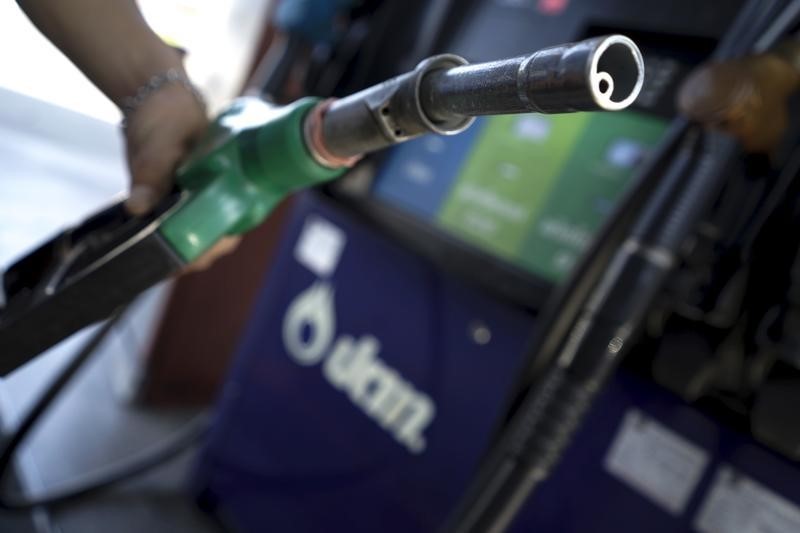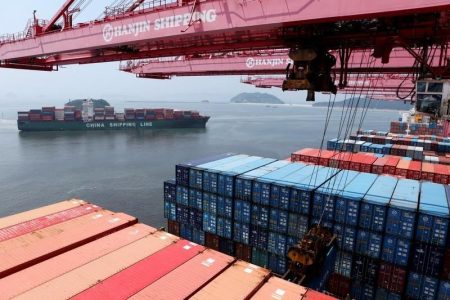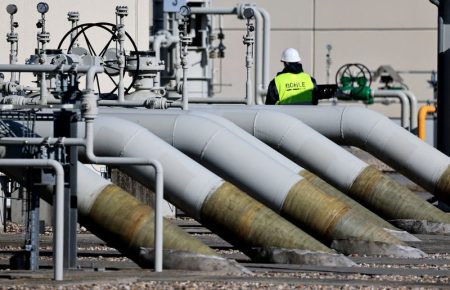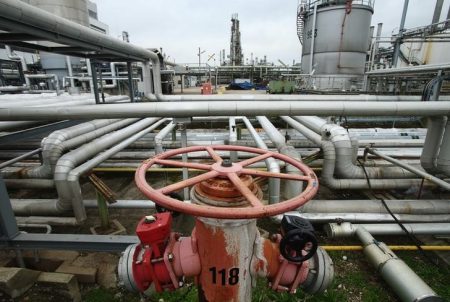Investing.com — Oil prices rose Wednesday, rebounding after the previous session’s sharp losses, but remained around six-month lows on concerns over weaker demand and looser supplies ahead of the latest Federal Reserve meeting.
By 09:10 ET (14.10 GMT), the futures traded 0.7% higher at $68.10 a barrel and the contract climbed 0.6% to $73.71 a barrel.
Record U.S. production weighs
However, despite these gains, the crude benchmarks remain not far above six-month lows having fallen around 3% during Tuesday’s session, weighed by record-high U.S. production and growing concerns over a slowdown in Chinese demand, as well as uncertainty before more signals on monetary policy from the Fed.
Data from the , released Tuesday, showed that U.S. oil inventories fell by over 2 million barrels last week, more than expected. But the potential draw comes on the heels of several consecutive weeks of strong builds.
The API data usually heralds a similar reading from official data, which is due later in the day, which is expected to show a draw of 1.5 million barrels.
Additionally, in its monthly , the US Energy Information Administration revised up crude oil production forecasts for the current year to 12.93 million barrels per day compared with last month’s 12.9 million barrels, largely on the expectation of stronger supply growth for the final quarter of this year.
Fed policy meeting in focus
Some traders have also considered it wise to level off positions ahead of the conclusion of the last policy meeting of the later in the session.
U.S. data released on Tuesday showed a mild uptick in month-on-month inflation in November, pushing up concerns that the Fed will maintain its hawkish rhetoric as it attempts to tame inflation.
While the central bank is widely expected to keep rates on hold, its outlook for 2024, particularly any plans to trim interest rates, will be a key point of focus.
OPEC+ production cuts hit sentiment
The overall tone in the market remains negative in the wake of the underwhelming production cuts from the Organization of Petroleum Exporting Countries and allies, known as OPEC+, for 2024.
Additionally, concerns about the growth outlook, primarily in China, the world’s largest importer continue to weigh.
Ratings agency Moody recently downgraded its credit outlook on China, and flagged increased economic risks to the country from a property market downturn and a lack of government stimulus.
(Ambar Warrick contributed to this article.)
Read the full article here









